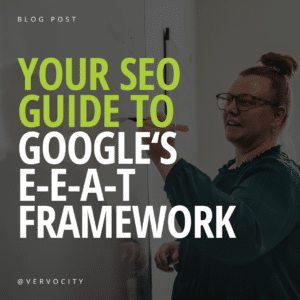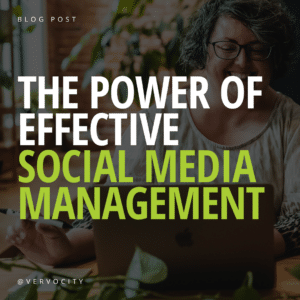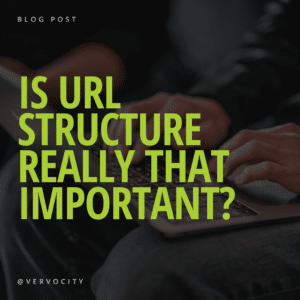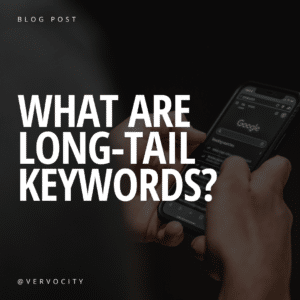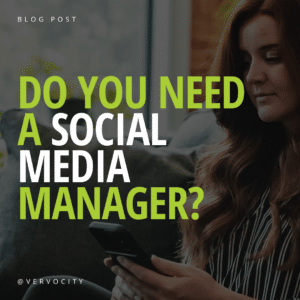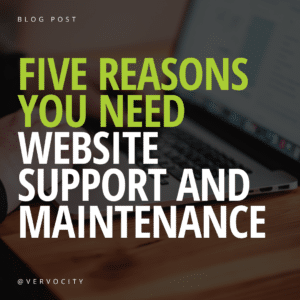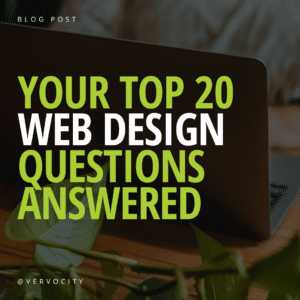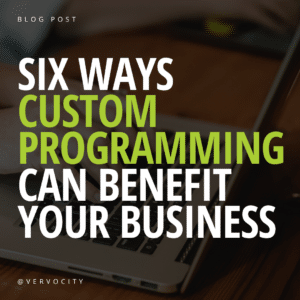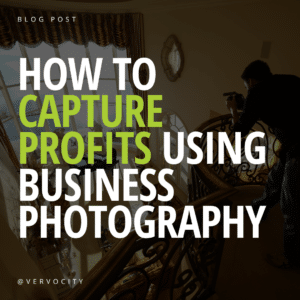Visual content is the best way to connect with your followers, and Instagram focuses solely on a high-end visual experience. With hundreds of millions of daily active users, it is one of the most effective platforms for engaging audiences.
According to a Rival IQ study, the median engagement rate on Instagram is 0.98% across all industries. Meanwhile, the median engagement rate for Facebook is 0.08% and for Twitter is 0.045%. So the goal is to achieve an engagement rate of at least 1% on Instagram.
Instagram engagement extends beyond the number of followers you have. It measures how your audience is interacting with your content. Basically any time one of your followers takes an action on your profile or in response to one of your posts, that’s engagement.
Let’s talk about the different types of engagement available on Instagram:
- Likes
- Comments
- Shares
- Saves
- Link clicks/swipe-ups
- Hashtag usage
- DMs
- Mentions
- Stories sticker interactions
In this article, we will discuss three ways to increase your Instagram engagement. While the algorithm is always changing, we hope these tips will help you get more interactions with a minimal amount of work.
Continue reading or click to jump ahead to one of the sections!
- Always include a call to action (CTA)
- Call to action examples
- Bring in influencers
- Defining your ideal influencer
- Share user generated content (UGC)
- How does user generated content affect engagement?
- Conclusion
1. Always include a call to action (CTA)
One of the top ways to get people to engage with your content is by giving them a reason to do so. Make the most of your caption space to give your followers a prompt or a call to action that would get them to engage. You could ask questions, give them direct instructions on what to do, or invite them to leave a comment.
Keep in mind that your prompt or CTA should be relevant to the content of the post. It wouldn’t make sense to ask people about their favorite animal if you’re talking about selfies, for example. But it could help if you wrote a personal anecdote before asking a relevant question.
A call-to-action is your closer. It is the digital method of asking for the sale at the end of your pitch (or your photo and caption). It’s important because if you don’t ask, then you don’t get. A strong CTA not only convinces people to act, but it also tells them what to do and how to do it.
Beyond the CTA in a caption, you can also use the CTA buttons in your ads where available. At present, you can add a start order button, a book button, or a reserve button for some industries when creating your ad.
Instagram also adds buttons to your profiles that anyone can use. These are contact buttons that make getting in touch as simple as a single tap. You can choose from call, text, directions, or email buttons. To add these buttons to your profile, navigate to ‘Edit Profile’ on your business profile. Then, choose ‘Business Information’ followed by ‘Contact Options’. Choose the ‘Add an Action’ button, and then choose the buttons that make the most sense for you. Hit ‘Submit’ and you’re done.
So you started using your call to action buttons, and it’s going great. But you’re not done yet. It’s not enough to slap a button on your page or ad and wait for the leads to roll in. Use A/B testing to identify the right CTAs so that you choose the best performing options for your posts.
- Built-in buttons vs. text CTAs
- Short vs. long text CTAs
- Buzzwords in CTAs
You can (and should) A/B test all the essential differences between your ads and grid posts.
2. Bring in influencers
Our pro tip for the question of how to get better Instagram engagement is influencers. In fact, according to the influencer marketing benchmark report 2021, micro-influencers had the highest engagement rate of 3.86% on Instagram. That is because they have targeted and loyal communities and can help establish the brand with the right audience.
With 1.44 billion monthly active users, Instagram is an excellent platform for marketers to reach their target audience. Although this user base isn’t as large as Facebook, it is much more engaged, making it a more effective way for brands to get their message seen and heard.
First, ask yourself some of the following questions. What are your campaign goals? Do you wish to raise brand awareness? Do you want to promote a product launch? Do you want to drive more traffic? Or do you want to increase sales? Whatever the ultimate goal may be, you need to clearly define it to better understand how to go about your campaign. In most cases, engagement will be high on your list of goals.
The amount you have to pay an Instagram influencer very much depends on their popularity and level of influence. Most influencers have made their name on Instagram and other social sites, as distinct from celebrities who have gained their fame offline, and as a result, now have vast social followings. Top Instagram influencers, although still out of the reach of most small and medium-sized businesses, charge more manageable amounts. But micro-influencers can be found in your own market and industry with some simple searches. We generally think of micro-influencers as anyone people consider an expert in a niche, with between 1,000 and 100,000 followers.
- Niche – Consider a micro-influencer’s niche or their area of specialty. What topics do they usually cover? This is essential to maintain authenticity and create promotional content that doesn’t deviate from their usual topics.
- Reach – Consider the reach of your ideal influencer based on your goal. For example, a relevant top-tier influencer would be an excellent option to raise brand awareness. However, if you wish to drive engagement and start conversations around your product, look for relevant micro-influencers instead.
- Voice – Have a clear idea about the kind of voice your ideal influencer should have. Do you want them to be more serious and professional? Or would you like them to be casual and friendly? Maybe you’d prefer to work with an influencer with a good sense of humor? Consider all of this based on what your target audience would like.
- Engagement Rate – Even if you choose to work with a top-tier influencer, make sure they can still drive significant levels of engagement. You should clearly define the minimum average engagement rate your influencers should be able to maintain.
We recommend searching the site Influence.co to explore influencers that are out there. This easy search lets you find influencers based on category. You can also filter the results based on location and Instagram follower count.
3. Share user generated content (UGC)
User generated content is a great way to encourage your followers to engage with your posts. Because UGC isn’t created by your brand, users see it as more relatable and trustworthy. Using UGC also gives you a bit of a break from constantly creating new content ideas, and it might even provide you with some inspiration.
With UGC, you can encourage your audience to share their own stories of your product or brand. Users often love to hear from their favorite brands, so when you reach out to get permission to share their content, you’re also building their brand loyalty. By adding UGC to your content strategy, you’re encouraging your followers to help with your marketing efforts. And chances are when you share their posts, they’ll want to tell their audience that you featured them. UGC is a fairly simple way to help skyrocket your engagement.
Did you know reviews can also be seen as UGC? It’s maybe the greatest strategy most Chief Marketing Officers ignore. Such content offers value as a direct opinion regarding a product or service. A golden rule is to never change what the reviewer is saying. Most of the time, it isn’t even about what is being said, but how you frame it. Bad reviews can be great content when tied with informative and objective points. You can explain why the experience wasn’t good and how the company is always learning and improving.
Nielsen’s research showed that 92% of customers trust more in spontaneous, user-generated content than in a traditional advertisement. That’s a lot, right? And it makes sense, as customers know ads are tailored to attract and appeal. When we want to know about a product, we search for reviews and opinions. We ask people we trust.
By having a UGC strategy constantly feeding this kind of content, you will build authority and value in the market. UGC is great for producing the sensation of connection. From your customers to influencers, seeing how your brand relates to people is a decision-making factor.
Before sharing someone else’s content, even if they tagged you in it, it’s best to ask for permission to minimize any backlash. Comment on their post or DM them and ask if you can share it. Take a screenshot of the approval as back up and save it as a precaution.
If someone took the time to share a post and tag you in it, give them credit by tagging them in your reshare. Some brands use copy that says “image courtesy of @___,” others add a camera with flash emoji followed by the handle of the content creator, and others use #rg ____ which stands for “regram” on Instagram.
How does UGC impact consumer engagement you might ask? Well for starters, it increases trust on the Instagram platform. It also increases your authenticity. People feel a strong connection to anything that is authentic, and it’s hard for a brand to get more authentic than by letting their customers steer the marketing message. In the end, it also increases dialogue and data available to your business. All of this together helps you find out more about who your target audience truly is, not who you wish they were.
In conclusion
An engaged audience on Instagram can help brands reach new customers and boost sales. That’s why businesses are constantly searching for new ways to improve their engagement rate. With the constantly evolving Instagram algorithm, brands are looking for new ways to publish engaging content that will eventually bring new customers to the table.
Try to apply our three tips to improve your Instagram strategy, and you should see better results coming your way. Just remember that it does take time for your content’s performance to pick up some pace, whether a few weeks or months – be patient and, most importantly, consistent! Good luck!
Need more help? Contact us to get started with social media management?

